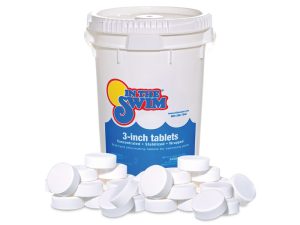Chloride ions play a pivotal role in determining the pH levels in various environments, ranging from natural water bodies to industrial processes. Understanding this relationship helps in maintaining ecological balance and ensuring the effectiveness of various chemical processes.
Understanding pH and Chloride
What is pH?
pH measures the acidity or alkalinity of a solution, indicating the concentration of hydrogen ions present. It operates on a scale from 0 to 14, with 7 as neutral. Values below 7 indicate acidity, while values above 7 denote alkalinity.
Role of Chloride Ions
Chloride ions, often derived from sodium chloride (common table salt), influence the pH level by interacting with water to form hydrochloric acid (HCl) and sodium hydroxide (NaOH), both of which are potent in altering pH.
Impact of Chloride on Different Environments
Natural Water Bodies
In rivers, lakes, and oceans, chloride ions can originate from runoff containing road salts, natural deposits, and agricultural or industrial waste. Their presence can lead to a slight decrease in pH, making the water more acidic. This shift can affect aquatic life, as many species have strict pH requirements.
Industrial Processes
In industrial settings, the use of chlorides, especially in water treatment and chemical manufacturing, can significantly alter the pH level of water. Managing the concentration of chloride ions is crucial to prevent corrosion of machinery and ensure the safety and efficiency of processes.
Does Chlorine Change pH?
The introduction of chlorine into water, especially in the form of chlorine tablets for pool maintenance, can change the pH level. Chlorine reacts with water to form hydrochloric acid and hypochlorous acid, both of which can decrease pH, making the water more acidic. For detailed insights, visit this link.

Strategies for Managing pH Levels
Regular Monitoring
Regularly testing the pH and chloride levels in water bodies and industrial processes is essential for early detection of changes and timely intervention.
Use of pH Adjusters
In pools and spas, using pH adjusters can counteract the effects of chloride and chlorine, helping to maintain a stable and safe pH level.
Buffer Solutions
In industrial processes, incorporating buffer solutions can help stabilize pH levels, mitigating the impact of chloride ions.
By closely monitoring and adjusting the chloride concentration, it’s possible to maintain the desired pH level across various environments, ensuring ecological balance and process efficiency.